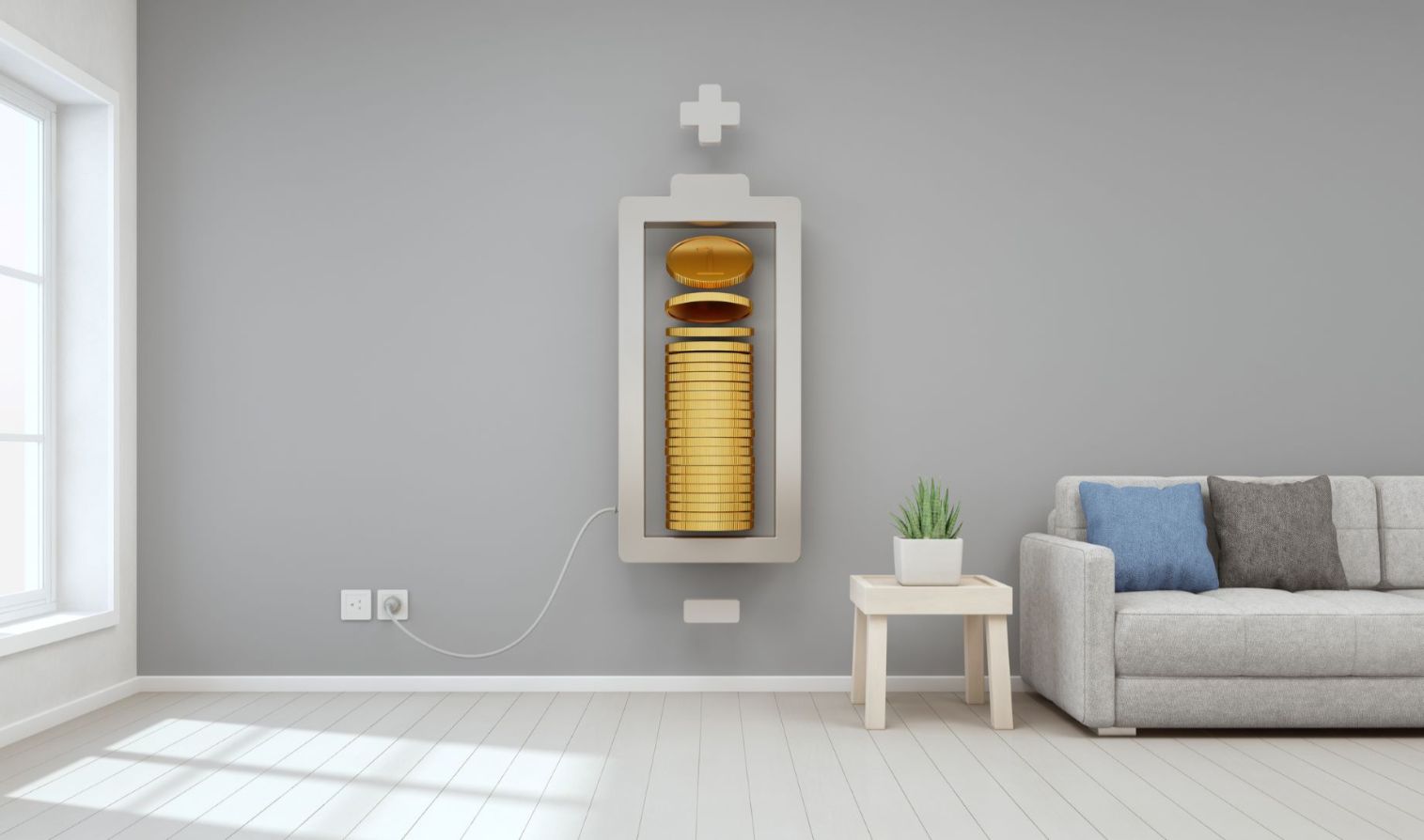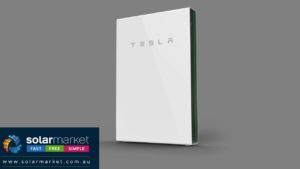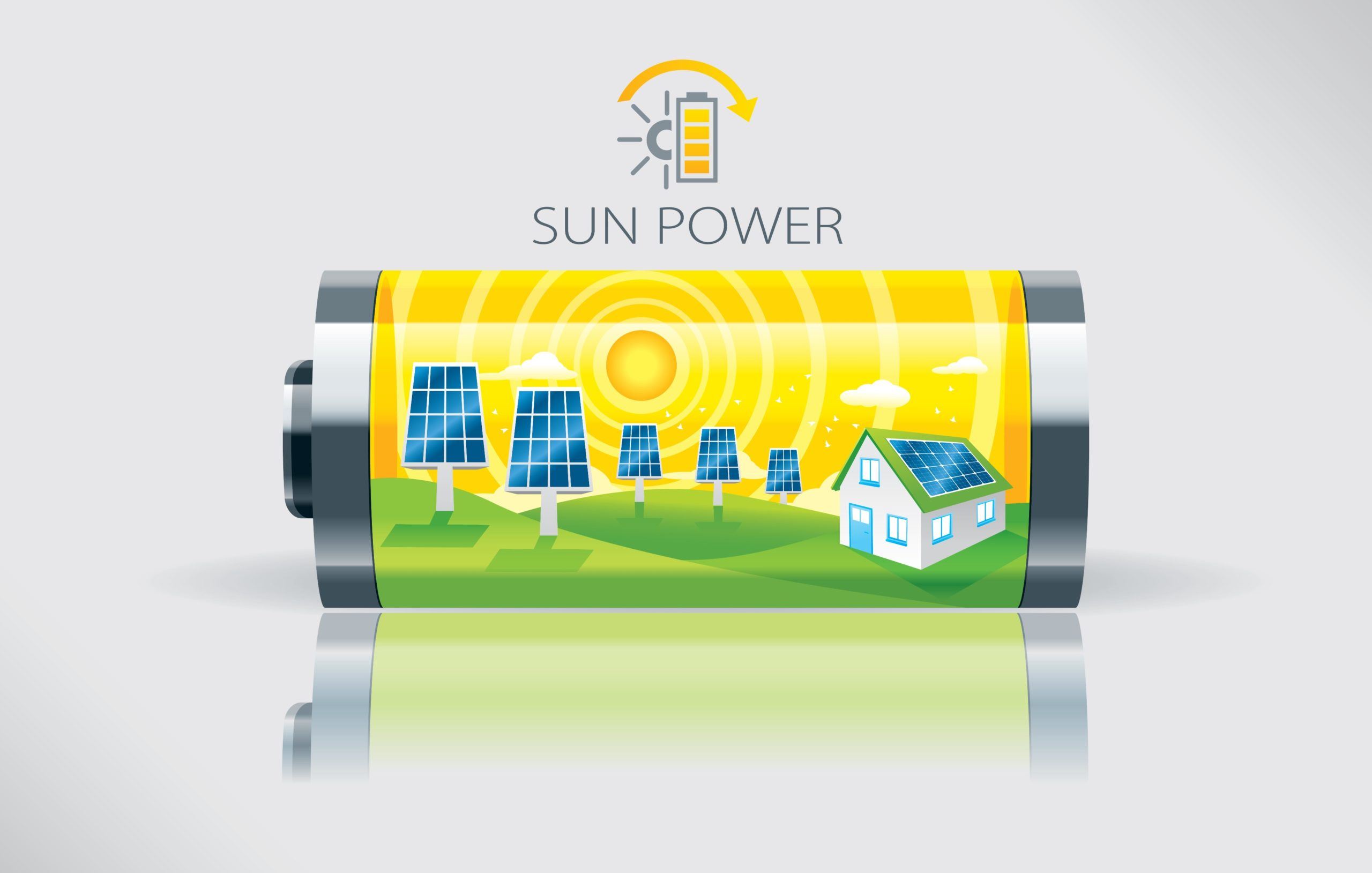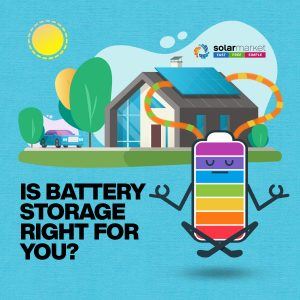Researching solar batteries can be a confusing task and it can be hard to know which option is right for you.
If your thinking of installing solar or you already have a system in place but you are looking to add on a battery here is Solar Market’s pro and con list for the top 4 solar battery types on the market.
Solar Lead Acid Battery
Similar to the batteries we have in our cars, here are the pros and cons of Lead Acid batteries:
Pro:
- As a tried and tested battery, Lead Acid designs are dependable and reliable.
- Lead Acid batteries are cost effective.
Con:
- Lead Acid batteries are bulky and take up a lot of space.
- Lower life cycle than some other solar battery options (usually between 2-8 years).
- Heat can reduce their lifespan further so it’s best for them to be stored in a separate dry battery shed.
- Only a 60% or less charge depth- a charge higher than that will impact its performance and life span.
- Lead Acid batteries have a tendency to leak hydrogen gas.
Best for: off-grid systems as they are reliable and hardy. Lead Acid batteries are also cost-effective when installing large amounts of storage.
Top Brands:
Lithium-ion Battery
There are two types of Lithium-ion battery options on the market:
-
- NMC (Nickle Manganese Cobalt).
- LiFePo (Lithium Iron Phosphate).
Similar to the batteries we have in our smartphones, here are the pros and cons of Lithium-ion batteries.
Pro:
- A long-life span of 13-18 years.
- A discharge depth of up to 80%.
- Compact and light design.
Con:
- Lithium-ion batteries can be up to 50% more costly than some other battery options in the market such as the Lead Acid battery.
Best for: retrofit, hybrid and off-grid options.
Top Brands:
- One of the major players that use the Lithium-ion is Tesla. The Tesla Powerwall is one of the top-rated solar batteries on the market.
- LG’s RESU Lithium-ion battery
Flow Battery
Pro:
- These batteries have a 100% charge depth which makes it one of the most effective batteries on the market.
- Minimal or high charge depths do not degrade flow batteries over time.
- Flow batteries can tolerate extreme weather (up to 50 degrees).
- The zinc-bromine liquid used in flow batteries acts as a natural fire retarded.
- Are cost effective and easy to refurbish should a battery die.
Con:
- Have a lower life span than some Lithium-ion batteries.
- To maintain effectiveness, flow batteries need to be regularly 100% discharged.
- Can be up to 20% more expensive than Lithium-ion batteries.
Best for: Retrofit, hybrid and off grid options.
Top Brands:
Sodium-Nickle-Chloride Battery
Pro:
- Fully recyclable.
- Sodium-Nickle Chloride batteries can tolerate extreme weather (from -20 up to 60 degrees).
- Non-toxic chemicals are used in their manufacturing.
- Low fire risk.
- Requires no internal cooling system. E.g fewer components to go wrong.
- Charge depth of 80%.
Con:
- Low life span compared to lithium-ion.
Best for: retrofit and hybrid options.
 How To Install A Solar Battery:
How To Install A Solar Battery:
The best way to get the solar panels and battery options that suit you is to compare quotes from multiple, experienced CEC accredited solar installers in your area. This is to ensure you are getting a system and battery that is tailored to your needs and property, not what the installer wants to sell.
Solar Market partners with top solar installers across Australia and will connect you with 3 local solar installers for complimentary quotes so you can start saving sooner.














